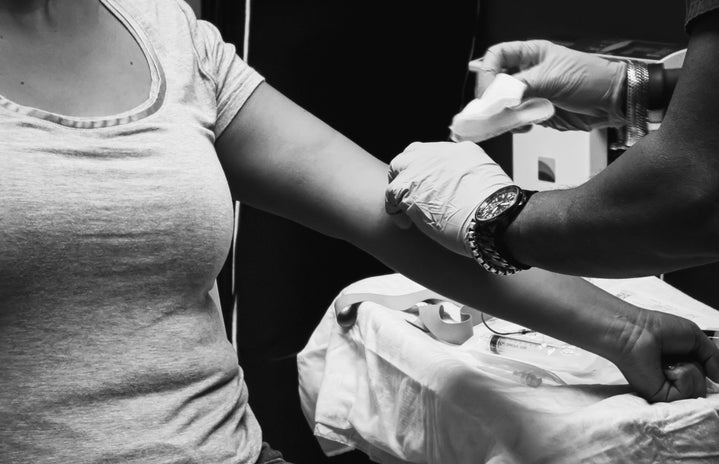When the vaccine trials were conducted and distribution of vaccinations against COVID-19 became routine in our sunny and surreal, almost post-apocalyptic world, I did what anyone rational would do. I signed up for the Pfizer vaccine in an all-too-familiar CVS Pharmacy.
It was second nature to get vaccinated, with our growing repertoire of vaccines, it felt only natural to respond and with a surplus of vaccines, not being vaccinated could only be rooted in ignorance. I received my two doses in a timely, quiet manner.
The process was ironic: as I was getting my second dose, only four percent of the population had been vaccinated in my home country of India.
That number is unfathomable considering how the Serum Institute of India was the largest mass producer of COVID vaccinations in the world, wrote Lauren Frayer, NPR’s international correspondent in India.
The Serum Institute of India’s CEO Adar Poonwalla recounted the lack of urgency during the first wave of COVID in India. Case numbers weren’t drastic, and for the 1.366 billion Indians, only 11 million vaccine doses were produced.
During this time, India had more than it had wanted. The numbers were low. Normalcy was a reality, buying groceries and taking rickshaws felt attainable. India did not anticipate the severity of the next few months and donated tens of millions of AstraZeneca vaccinations to other countries. A few months later, the pandemic would erupt in India with more than 400,000 cases erupting at India’s peak.
During these times, Serum adamantly insisted that it had been one of the world’s largest mass producers of COVID vaccinations and to an extent, this was correct. But even with the output of vaccines, it still was not enough to adequately supply the growing demand for vaccinations in India. People needed two doses and the rage against COVID began to expose the even deeper cracks in India’s infrastructure.
The tumultuous last few months have been devastating for most of India: lost ones dying of COVID, lack of testing and lack of vaccine distribution.
Oxfam, a non-profit group, revealed that during the pandemic, the richest people in India saw their net worth increase by a whopping 35% during the pandemic. The wealth gap had already been drastic but the pandemic exposed the true reality of this grim situation for many living on residual money they had saved long before the pandemic hit and they had to close their businesses.
A 2021 study by the Pew research center found the population of the poor doubled from 60 million to 134 only after the first wave of the pandemic erupted in India. The lower income individuals have felt this pandemic in practically every aspect of their livelihoods as necessities such as oxygen and life-saving medications have deemed to be inaccessible and some having to resort to the black market for these necessities.
The lack of money spent on adequate healthcare in India ultimately makes this a ruthless fight for resources with individuals against each other.
The infrastructure around healthcare in India has been notoriously underfunded forcing timely medical care to be privatized, furthering inaccessibility to medical care throughout the country as COVID rages on and families are forced to endure inevitable reality. Bansari Kamdar of the Diplomat found that wage inequality in the last four years has grown faster than any other country other than Russia. The rich are getting richer at the expense of their counterparts.
An increase of vaccines has recently been seen in India as it hit eight million vaccinations distributed in one day. It isn’t enough to curb the pandemic, but in times of misery, speculation on who the real enemy is tends to expose itself. The pandemic has given rise to a greater and more invisible pandemic in India, the growing inequality and the rising glass ceiling between the people at the top and the bottom class who tend to serve a crucial purpose for those at the top.

